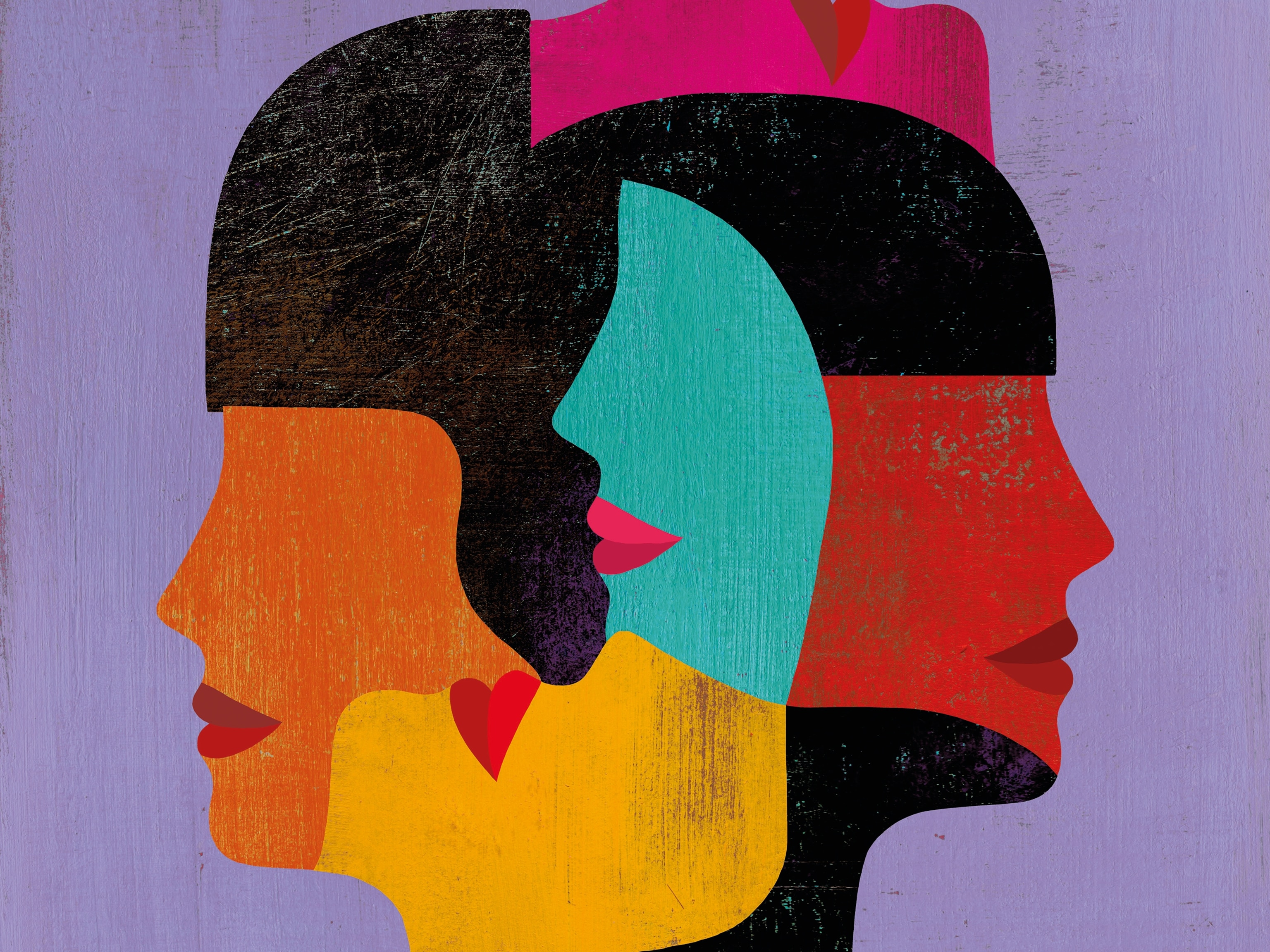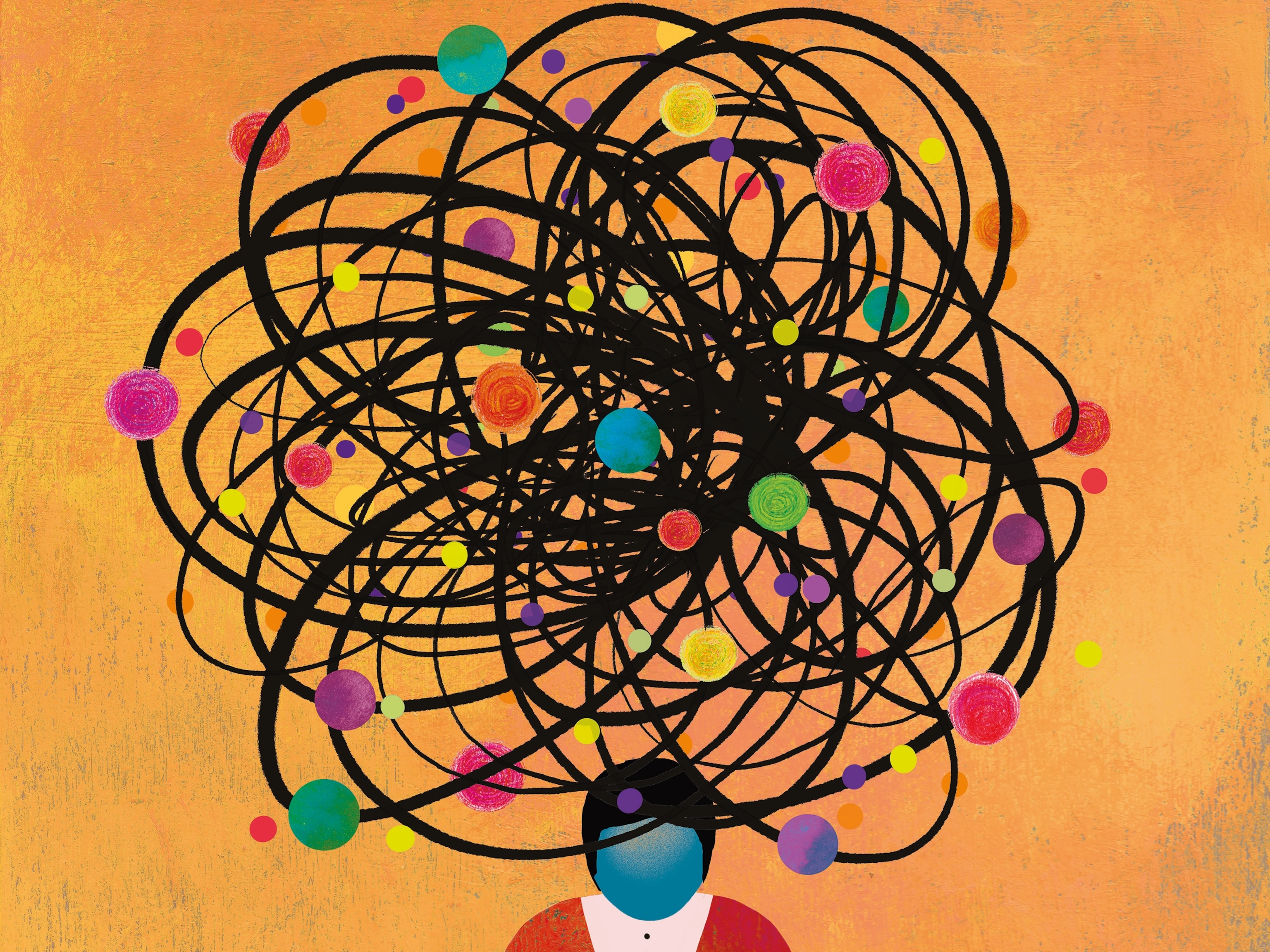
Can virtual meetings affect your well-being? This scientist wants to find out
Even when COVID-19 abates, virtual meetings likely won’t—so the activity needs to be less anxiety producing, says expert Jeremy Bailenson.
This story appears in the April 2021 issue of National Geographic magazine.
Though many of us dread public speaking, the proliferation of video calls during the pandemic has “made listeners become speakers,” says Jeremy Bailenson, founding director of the Virtual Human Interaction Lab at Stanford University. Before COVID-19, there had been very few studies of how hours of video calls might affect mental health, Bailenson says. Now that his lab has surveyed thousands of remote workers, he can list aspects of video calls that make people anxious—and recommend ways to mitigate them.
(‘Zoom fatigue’ is taxing the brain. Here's why that happens.)
One source of anxiety for users is seeing their reflection in real time; that video feed should be hidden by default, Bailenson says. Another stressor: the size at which others appear on your screen. Bailenson says that in a typical one-on-one video call, your counterpart seems to be less than two feet away—and that’s an uncomfortably intimate distance. He suggests setting a default maximum head size to keep your video call partner from virtually intruding on your personal space.
Bailenson’s bottom line: “I’m thankful that companies like Zoom are making videoconferencing easy. I just want more thoughtfulness on the effects that design decisions have on social interaction and well-being.”





